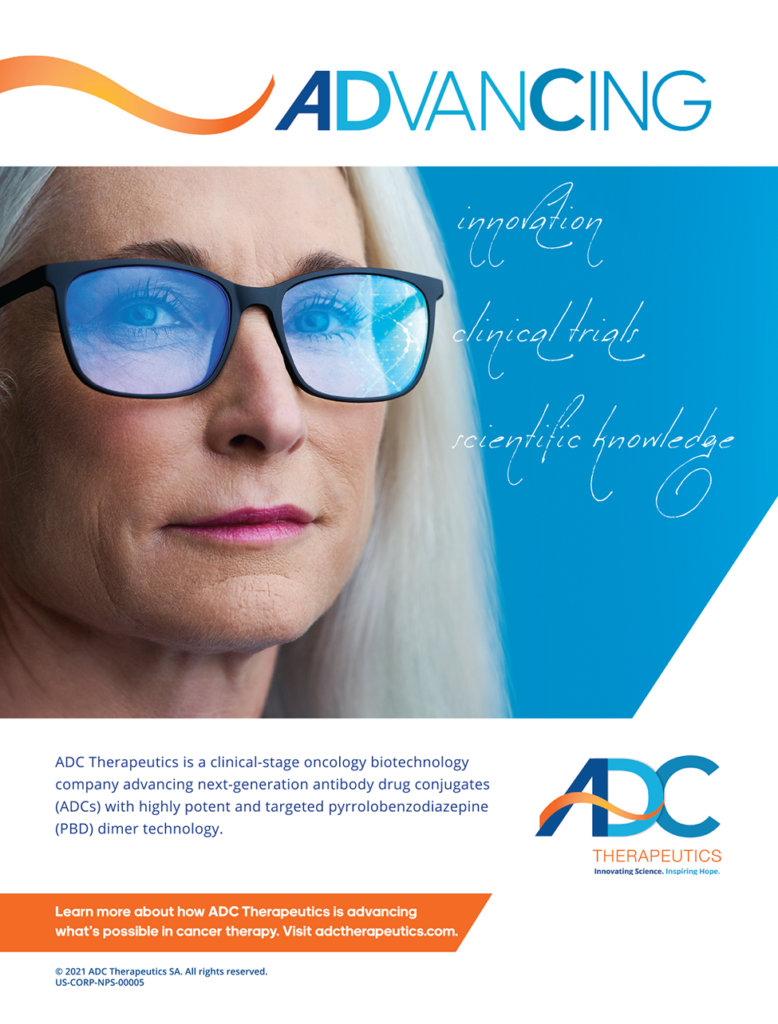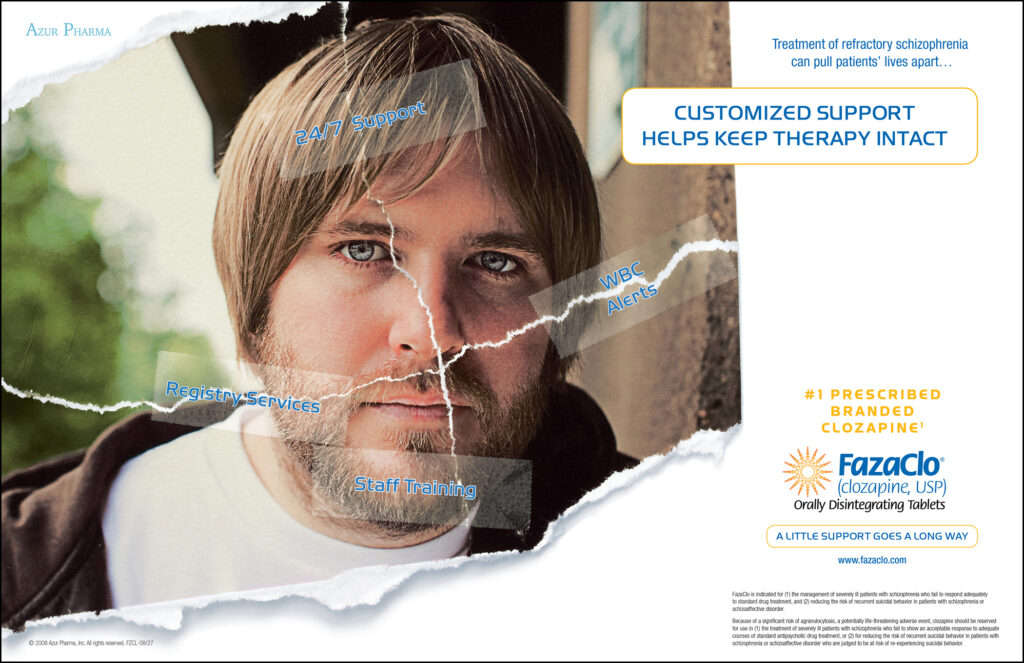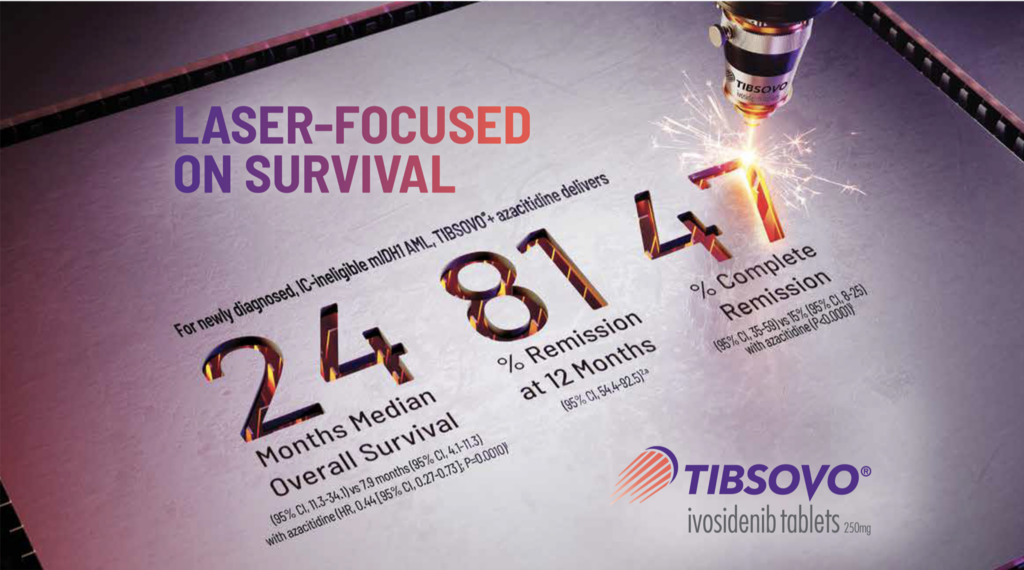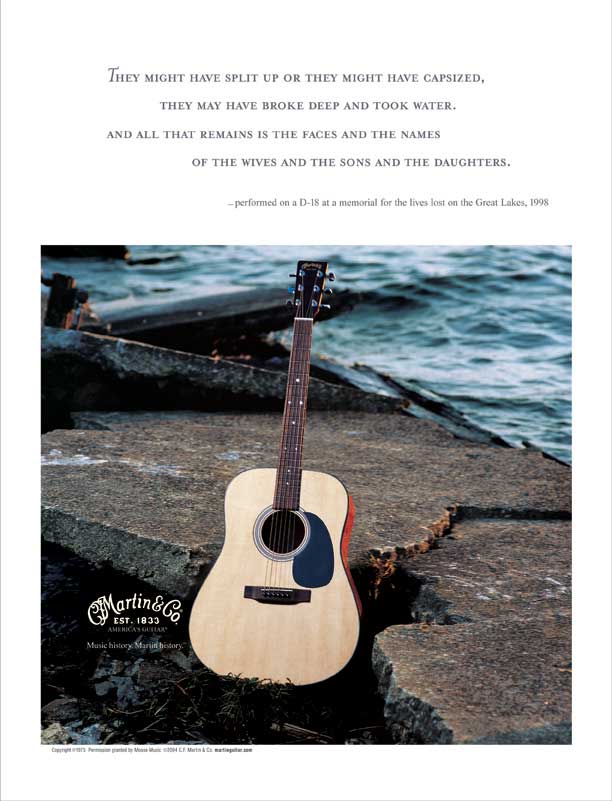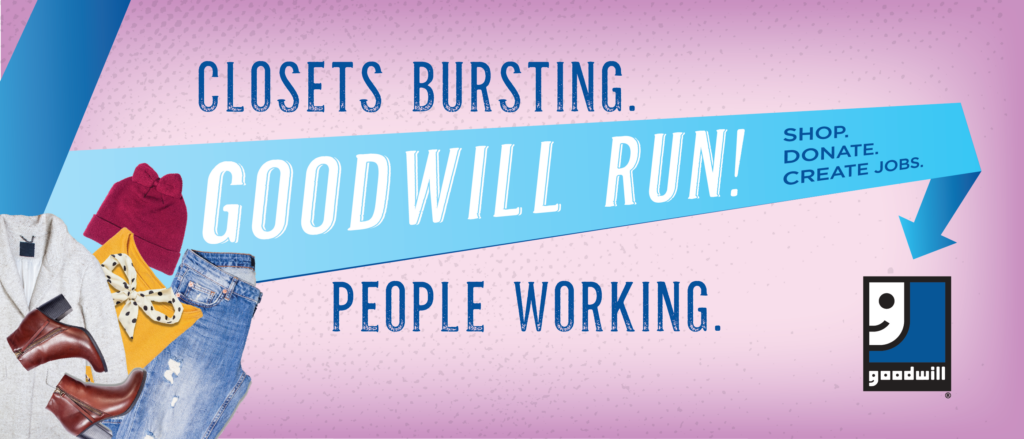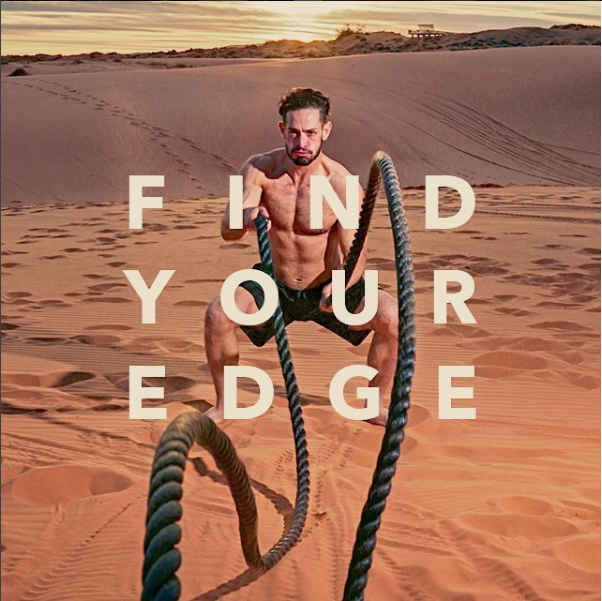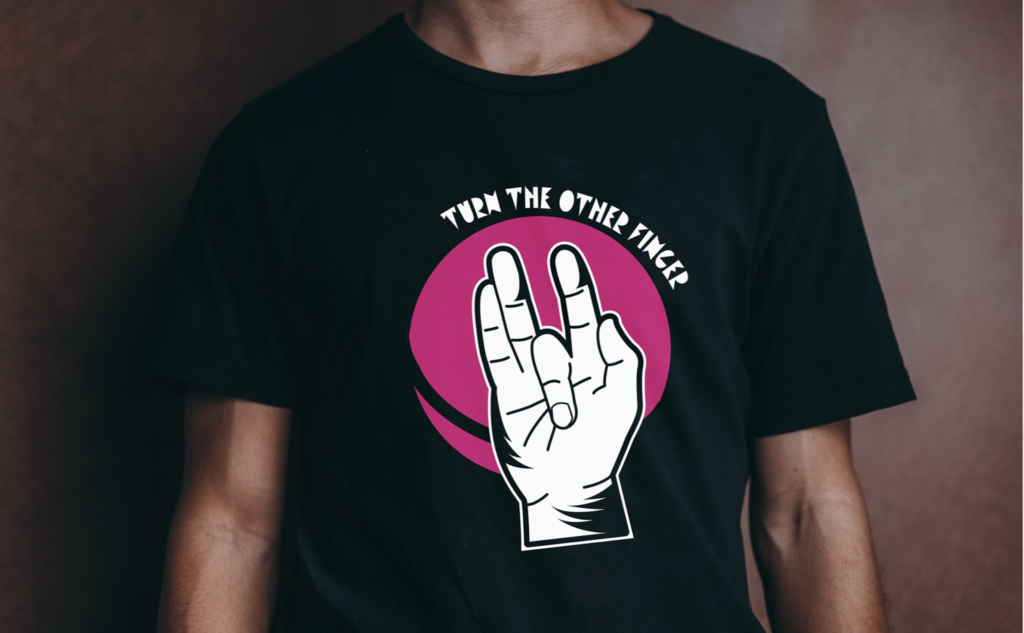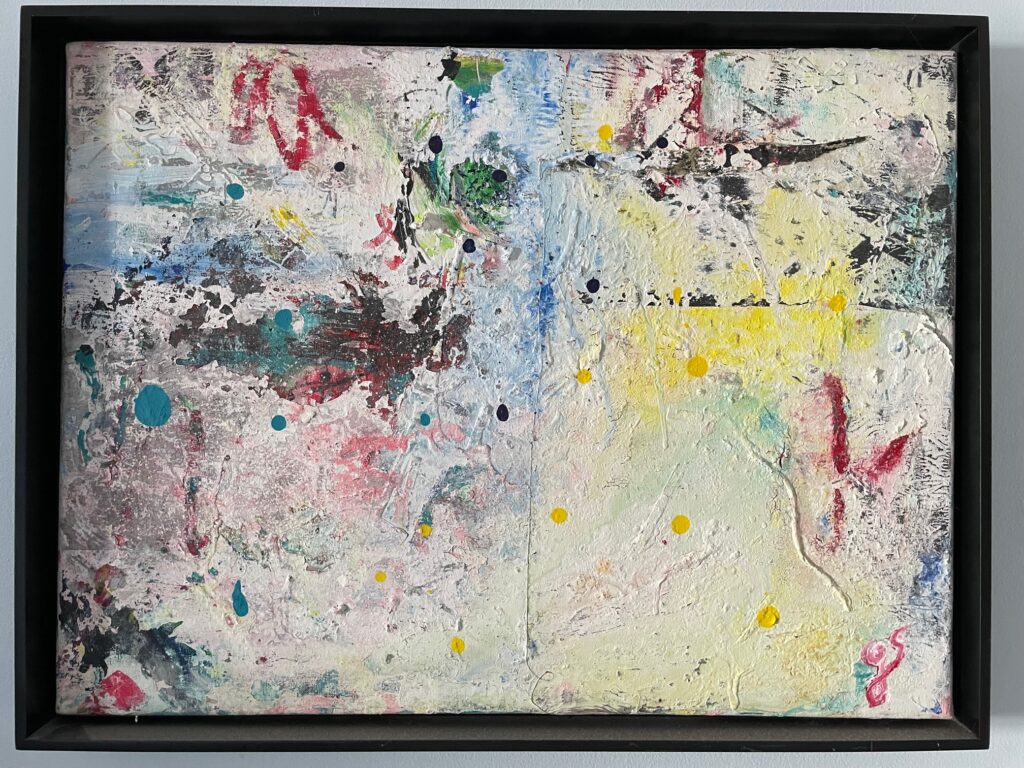Table of Contents:
Profile | PROCESS | FEEDBACK | RELATIONSHIPS
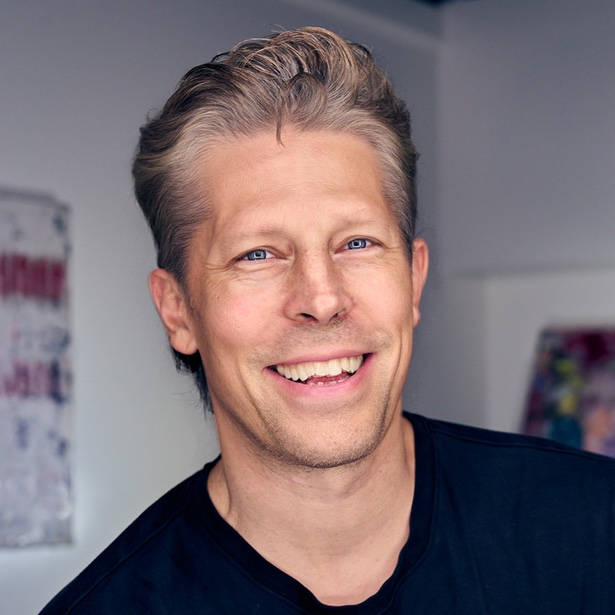
NAME: GLENN STEVENS
COMPANY: independent contractor, currently with publicis
TITLE: SVP, CREATIVE DIRECTOR
FROM:SOMEWHERE in-between North and South Jersey
CURRENTLY LOCATED: philadelphia, PA
SPECIALTY OR AREA OF INTEREST: healthcare marketing
The objective is to be memorable."
Adam Estabrook: Let's talk about where it all begins, regardless of whether you're working as an agency employee, freelancing, or with your own clients. What does a project look like from the moment you get a brief?
Glenn Stevens: Actually, I'd like to take that back like a step and say it’s important to have creative influence on the brief. In fact, it’s very important.
Another key factor is to define the current audience mindset and the desired mindset. I’m looking for, “This is what I want them to think based on the research insights and what came out in conversation from our target audience.” That can be quantitative insights or even some gem that came out in a call that gets me into the mindset of what I'm selling.
As creatives we can't be soft. Yes, we want to make art. Yes, we want to win awards or be valued for thinking differently. But, that convincing argument is what sells it through. And really, it's about getting your idea on the table and into research.
To that point, what does a win feel like and what is that based on? I want to hear about your motivation and driving factors. What makes good work?
I always say the objective is to be memorable.
So if there was a Platonic ideal of a creative brief that would help you be memorable, what would that look like?
It starts with a research summary. Don't give me a hundred page deck with really microscopic charts. Instead, give me an analysis of the background materials and show me the 3 key insights that came out of the client materials.
I never wanted to be a creative that comes to the first presentation, shows work and then becomes a fly on the wall to a conversation that I have no understanding of. I need to know where the background came from and I need to know that I'm going in there with work that's fully vetted, fully validated, and that I could stand up for based on the steps that were taken to get there.
Otherwise, why are they doing this? Why are they spending the money when it could be translated into better creative? The brief isn’t meant to handcuff us, it streamlines the work, and frees us up to focus on making it memorable.
What information do you look for from the client that will make the difference?
Be clear about what you want. Tell me in plain English what you want and what you want the work to do. That's all, it's really simple!
What tools and resources do you use to start thinking about a project?
This is the fun part. Every creative is different. We glean inspiration from the lives we live, from the shows we watch, from the places we've traveled, or from the weird friends we have, or the concert we went to.
You've got to be able to think fast. From a process standpoint I like to freely associate and let my brain wander… I ask myself “Is this going to be easily forgotten, or is it going to be memorable?” It's a really simple goal, but it keeps me on the true path and avoiding rehashing tropes that have been done before or copping out because I think it's an easier sell or a copycat in the category.
None of those are going to be a memory, instead those are going to be blended into the sell. So I keep on asking myself, “Am I being memorable?”
What are the main challenges you have over the course of a project.
There are practical challenges, such as budget and timing that are evergreen. You've heard it a million times, you know they want the moon, but they have the budget for a moon pie
Getting to that memorable creative, it's not a finger snap. There are always so many smart people in any given room, or on the call that earn their income by contributing to the process. That could be someone that set the project up, or that maintains the relationship, or even just someone that rejects a lot of work by bringing up issues.
At the end of the day, this whole thing is a process and bringing together like minds with the proper amount of discord. Healthy conflict is a good thing. Being challenged is a good thing. So long as it's not someone woke up and their boss said something different, or the bean counters have too much influence on the creative decision making process. It’s a garble of factors, but that’s why life in advertising is complicated.
Do you think there’s one single action that could overcome those problems? If there was, what would that be?
Clarity. Having full transparency and clarity on the objective, then getting it down on paper. Once it’s on paper it’s not a guarantee it will solve everything, but it helps streamline and get to the end goal.
healthcare advertising - GLENN STEVENS
“Tell me in plain English what you want and what you want the work to achieve. That's all, it's really simple!”
I want to hear about your relationship with feedback. Describe what receiving feedback is like for you, and how you respond to it in your revision process.
The feedback paradigm is different with every client and agency team, but what I look for is feedback that’s not overly prescriptive or “I just don't like it.”
If you're getting either of those extremes, you need to provide feedback on the feedback. Then unpack what’s being said. You need to have that trust with your clients and have them understand why you’re asking tough questions. It’s because you need to validate that feedback, and you want that second round to be spot on.
Sometimes painful processes can still yield great results. Could you provide me with an example of a project you’re especially proud of what it took to make it?
When I was a young art director, I had a lot of really fun things happen. I was working on United Airlines, and the account was split between my agency in New York and another one in Minneapolis. We had the international piece of the business and United was pushing to make a big splash internationally.
I was a junior art director on the brand and there are all these big senior creative director teams working on it. I was assisting one of those teams, and they were striking out. I was able to get in on a creative team on it and we sold the campaign, because we took a vision, very visual approach that didn't rely on storytelling or grandiose TV spots. It was much more of a billboard approach that combined visuals, juxtapositions, and was translatable anywhere. Latin America, South Pacific, you name it. And that is what won by a landslide in testing.
A recent example was for a targeted oncology brand that had a pretty low awareness in the category, but they had some really great new data to stand on. They were very effective in a particular patient class and they needed to tell that story to convince doctors to use the therapy instead of holding it in reserve.
A long time ago a science partner of mine gave me this piece of advice, “In HCP advertising, creating an imprint is better than telling a creative story.” That’s what we did, we made an inference. We took their data sets and created a branded laser engraver to etch their numbers into steel with it because it's targeted therapy.
It showed strength and showed that it was targeted and very simply on the first frame of the video on the cover of you know the poster, and then the booth and all that. This is what our visual was. It was the data visualized in a strong, simple, but beautiful way. And I don't shy away from that work.
CONSumer advertising - GLENN STEVENS
“Healthy conflict is a good thing. Being challenged is a good thing.”
With both of those projects, how did the working relationship with your partners contribute to end success?
It’s wrapped into everything. Messages we're sending each other throughout the day. The art people are thinking of copy lines. The copy people are sending me swipe they liked. It's a true full-on partnership, and I'm just playing center field and understanding the dynamics, thinking of ways that this could be better. Thinking of ways that we're going to convince others.
When you make a campaign, I firmly believe it has to be to the point where, if it's not working, it falls apart, completely. Otherwise, you're in this non-memorable place.
What general advice would you give to both agency folks and clients in order to get the best possible creative output?
For the agency, it’s love what you do. Love the process. If you find yourself not loving what you do, you're probably not doing the right thing. But if you geek out on coming up with creative designs and the craft, then good things will come your way.
For clients, I'll go back to what I said earlier. Know what you want, and have a realistic expectation of what you want the creative to do. It's easy to get wrapped up in the world of analytics, metrics, and so forth. But humanistically, what do you want to have happen from here, and then be open to what the agency has to say. This is what you're paying them for.
Clients know everything about their brand, but agencies also know what they do inside and out, and if you give them a chance they could surprise you.
That’s why I say, be open. It's always a blend of the rational and the magical.
PERSONAL WORK - GLENN STEVENS
WANT TO HEAR MORE?
Never miss out on future content. Use the form below to subscribe and stay informed about upcoming interviews, be the first to read interview transcripts, and gain insights you won't hear anywhere else.
Your privacy is important to us, and your information will never be shared or sold. Unsubscribe at any time.
